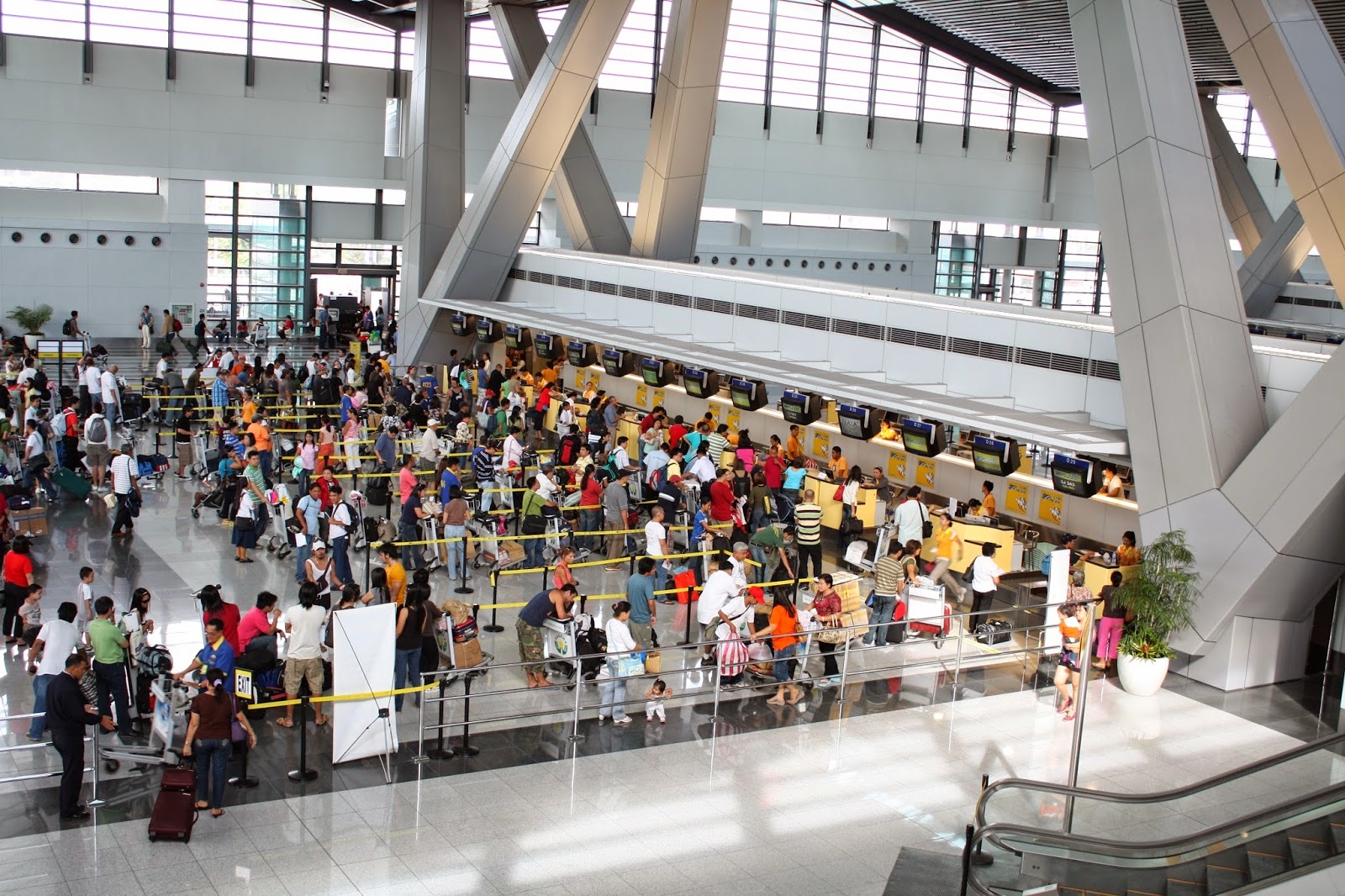Manila’s Ninoy Aquino International Airport: Travel Tips
Manila’s Ninoy Aquino International Airport (NAIA) is the main gateway to the Philippines, serving millions of passengers each year. Whether you’re a first-time visitor or a frequent traveler, navigating this bustling airport can be a bit overwhelming. Here are some practical tips to help you make your journey through NAIA as smooth as possible.
Understanding the Terminals
NAIA has four terminals, each serving different airlines and destinations. Terminal 1 is primarily for international flights, Terminal 2 is used by Philippine Airlines for both domestic and international flights, Terminal 3 is the largest and serves a mix of international and domestic flights, and Terminal 4 is for domestic flights operated by budget airlines. It’s crucial to know which terminal your flight departs from or arrives at, as they are not within walking distance of each other. Shuttle buses are available to transfer between terminals, but it’s wise to allow extra time for these transfers, especially during peak hours.
Navigating Security and Check-In
Security at NAIA can be strict, so it’s best to arrive at least three hours before an international flight and two hours before a domestic flight. Be prepared for multiple security checks, including an initial screening at the entrance. Ensure your carry-on luggage complies with airline regulations to avoid delays. Online check-in is available for most airlines and can save you time at the airport. If you have checked luggage, look for dedicated bag drop counters to expedite the process. Keep your travel documents handy, as you’ll need to present them at various points.
Amenities and Services
NAIA offers a range of amenities to make your wait more comfortable. Free Wi-Fi is available throughout the airport, though it can be spotty at times. There are numerous dining options, from fast food to sit-down restaurants, catering to various tastes and budgets. If you need to relax, several lounges are available, some of which offer access for a fee. For last-minute shopping, duty-free stores and souvenir shops are located in all terminals. Currency exchange services and ATMs are also readily available, but it’s advisable to compare rates to get the best deal.
Transportation Options
Once you’ve cleared customs, you’ll need to decide how to get to your next destination. Taxis are readily available, but it’s best to use the official airport taxis or ride-hailing services like Grab to avoid overcharging. If you’re traveling light, the airport bus service is a cost-effective option, connecting NAIA to various parts of Metro Manila. Car rental services are also available if you prefer to drive yourself. Keep in mind that Manila traffic can be unpredictable, so plan your journey accordingly.
